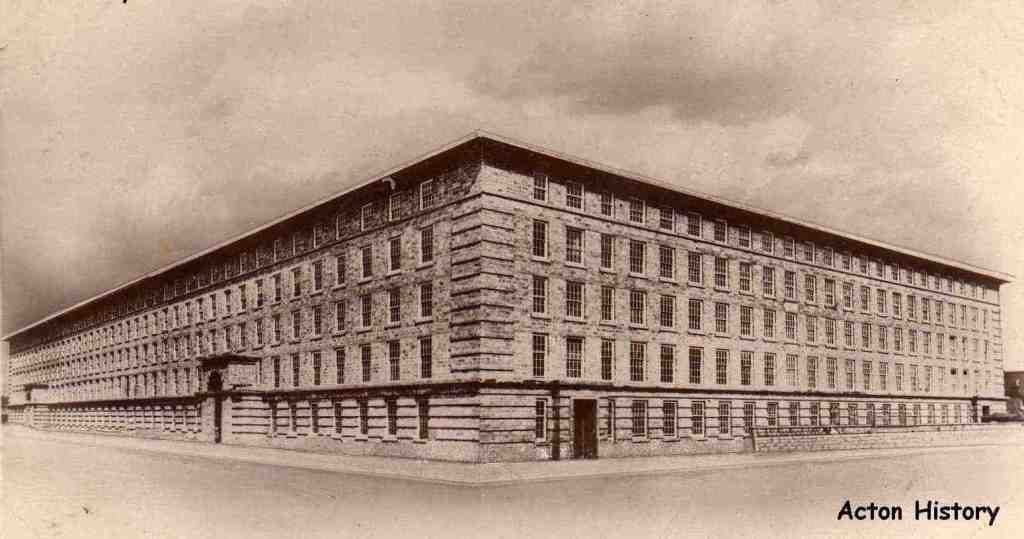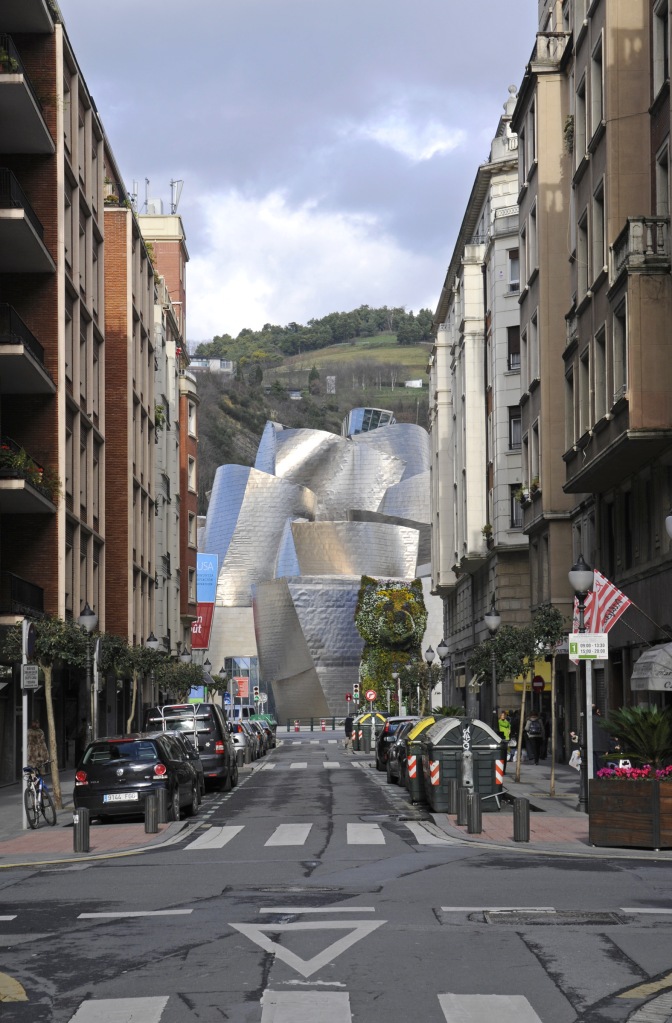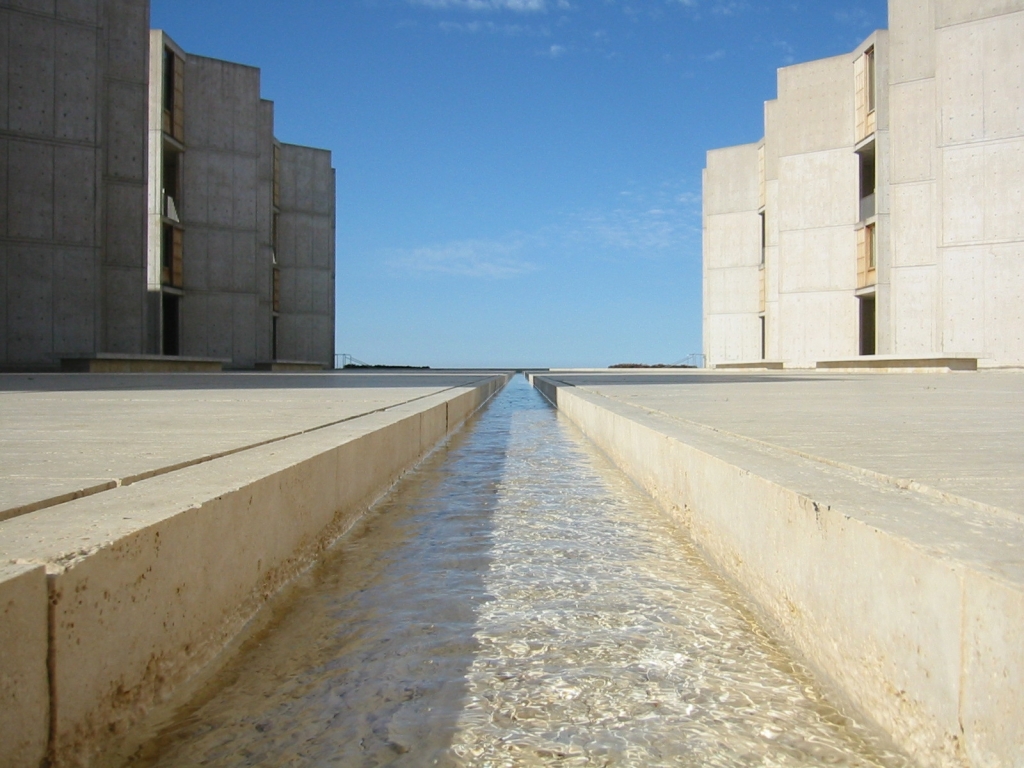Industrialization via the internal combustion machine changed the world (or the Dynamo as described in the great autobiography, The Education of Henry Adams) when it created steel that created new industrial scaled building types. The factories, offices, and skyscrapers were invented in the late 19th century. And because this invention happened during our western civilization’s Neoclassical era, this familiar classical architecture was applied and used to ‘humanize’ these new buildings. However, because the building forms were new, the classicism was applied as a façade, and thereby is ornament… or this mismatched scale made classicism more of a style than a building technology.

The technology of building at the human scale was obliterated by the modern industrial materials, energy, and resulting scale. Along with these new engines and buildings, new forms of mobility rose as well, trains, streetcars, and then automobiles transformed with the age. The industrial scale of car production created another mismatch in our traditional city environment. Industrialized suburban sprawl was fueled by this auto production.

Modern architecture formed in a parallel track. Le Corbusier’s 1923 book, ‘Towards a New Architecture‘ responded to this new scale w/an industrial design aesthetic post WW1. And until post WW2, cities used both classical and international styles on modern scaled buildings and places. And I am writing this next sentence as carefully as possible because it is an extremely volatile subject… it was the WW2 fascist Axis power’s adoption of classicism as an authoritarian tool at an industrial scale that shamed the use of classicism almost out of existence for generations in both academia and society’s elite. For such, classicism was rightfully deemed a failure. Leaving us limited to only one architectural tool, the untested International Style/modernism, to integrate industrialization into our cities over time. And it eventually failed too.

Classical style failed us architecturally at the industrial scale. It had worked fine for thousands of years pre-industrial age and scale. And the International Style failed us urbanistically when applied to the pre-Industrial city. And I dare say the Industrial scaled city (suburban sprawl) has failed use urbanistically as well. This was a lesson Frank Gehry’s ‘Bilbao Effect’ taught us. That the traditional city works great and modernist architecture fits in it well in juxtaposition to it and its classical architecture… adding complexity and excitement to the same old classical buildings set in the same old traditional streetscapes.

The following are general lessons learned. Modern architecture works fine above the traditional city as long as it doesn’t meet the street/ground. And, classical/traditional architecture works well at the human scale when it touches the ground, but it has to be at the small block and up to mid-rise scale (not at an industrialized size). The traditional city pattern works best to make urbanism. Modern architecture works well when set in natural spaces.

Using all of these tools today allows us to build better cities, places, and experiences. A century and change later, we no longer need to censor one while villainizing the other. They both work fine in certain situations and not so well in others. These are just tools that can work together if we understand how to use them.

We are unfortunately in a new climatic calamity era and are thereby fortunately free of the surly bonds of mid-20th century style wars. I find it maddening that designers and urbanist still argue over style when industrialization is the root cause of our current climate/social calamity! We industrialized work and segregated our society. We industrialized our food and have put our health at risk. We used industrialized machines to emit coal and oil carbon particles into our atmosphere and are heating up our finite planet. We industrialized our health care and extended our lives and increased our population, so it has its merits too. What we need to address is that most people still see industrialization as the only tool to fix what originally caused these calamities… truly, a modern day Aesop’s fable.
In our new 21st century post-industrial/climate calamity era, we are now able to use every tool available to us to build more sustainable cities and places that range from More Industrial to Less Industrial / More Traditional to Less Traditional depending on its context.



